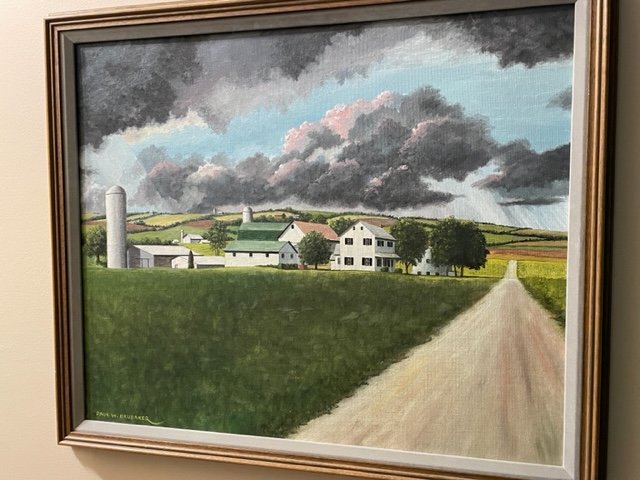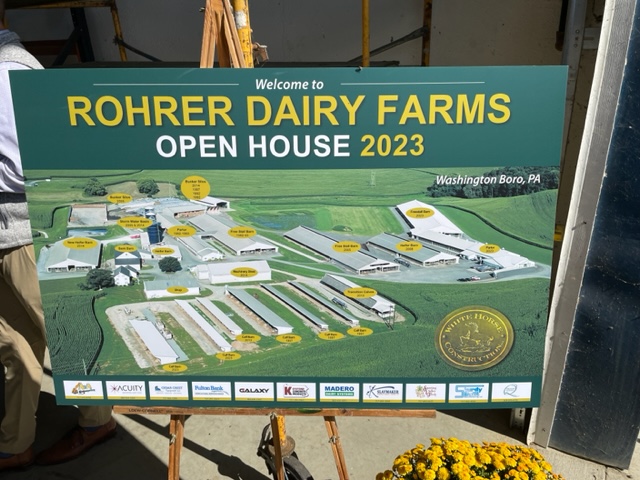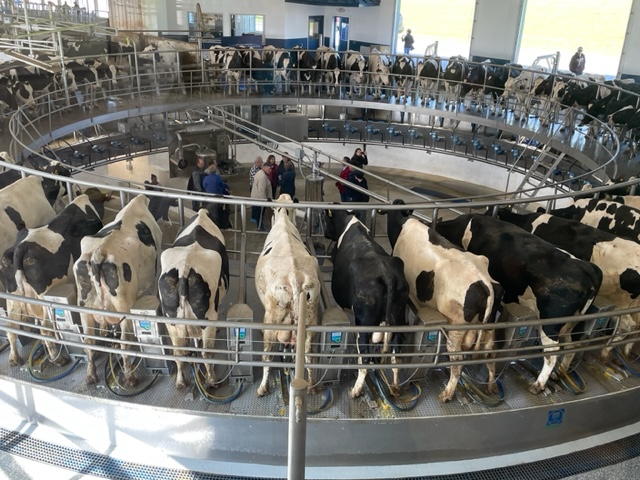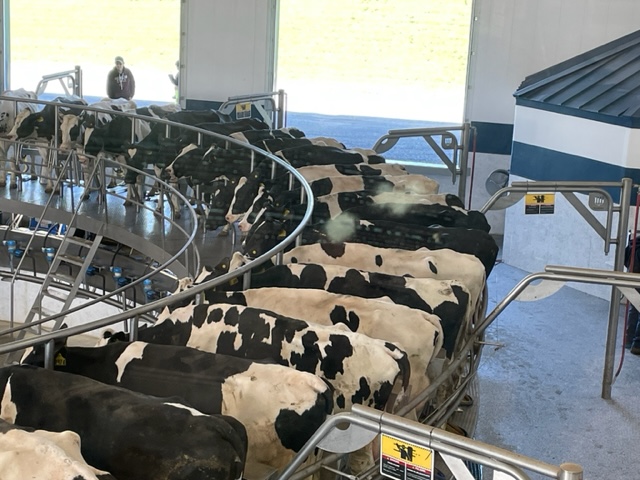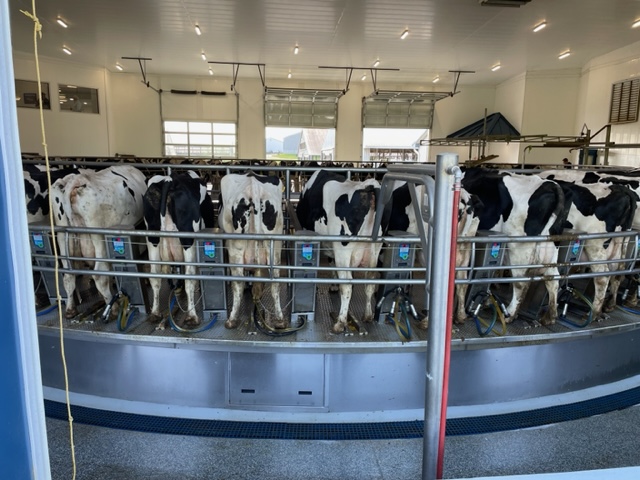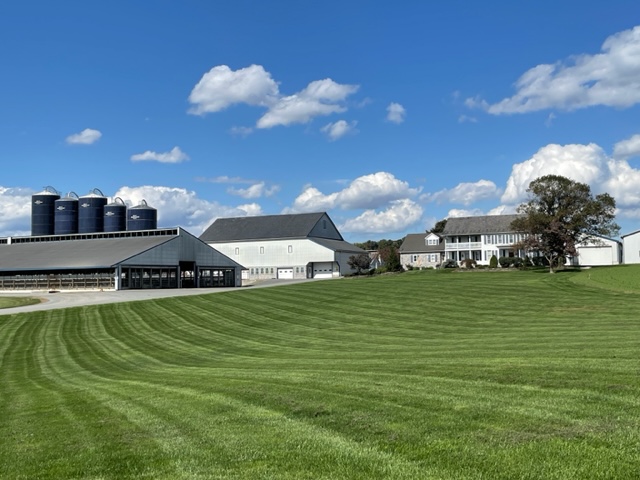My childhood friend, Diane, called me a couple weeks ago, to wish me a happy birthday. We have exchanged the same birthday card since 1979. It has become a treasure. Diane called to say I would be getting the birthday card late this year, because she was “snow birding” in Florida and forgot to bring the card along to send to me from there.
It was fun to chat with her awhile, and catch up on our kids. She told me this story.
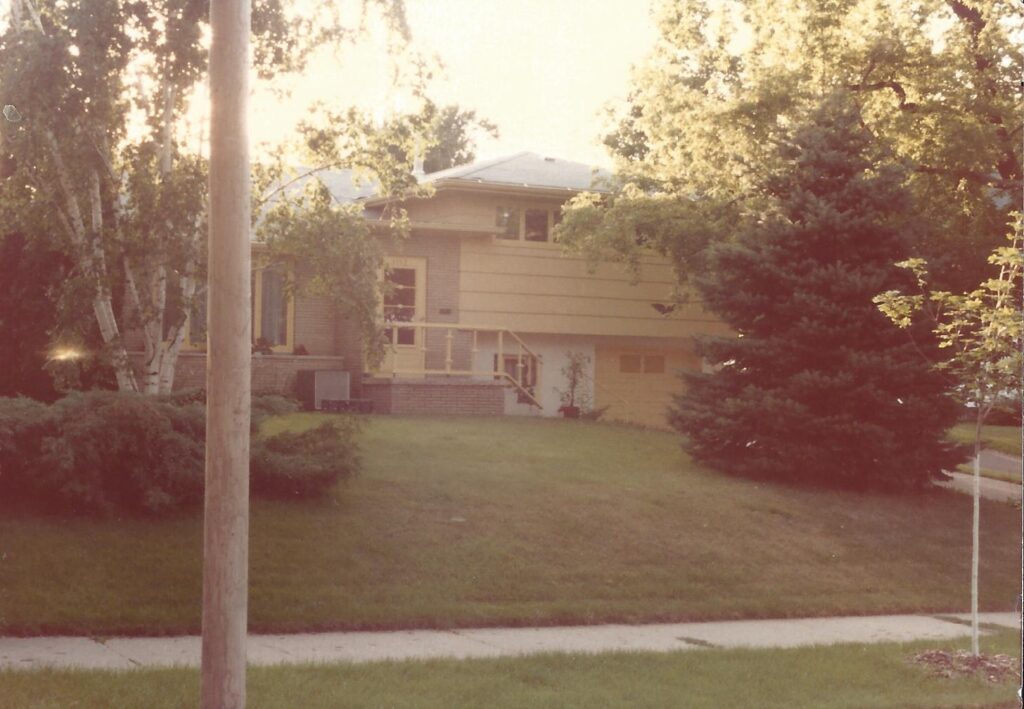
When Diane’s mother passed away, several years after her father died, Diane’s son bought his grandparent’s house. So, he now lives in the house where Diane grew up, and across the street from the house where I grew up, in Northeast Minneapolis. It’s wonderful to know the house is still in her family. Her parents built their house in the early 1950’s, as did mine.
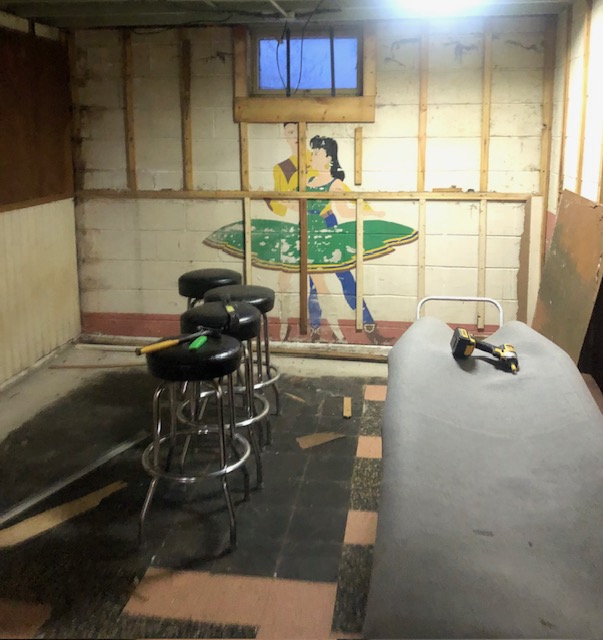
Diane told me her son has done a lot of updating and remodeling of the McKinley Street house, and currently he’s working in the basement. He began tearing the old paneling off the walls. Underneath he found the typical cement blocks, but also a surprise.
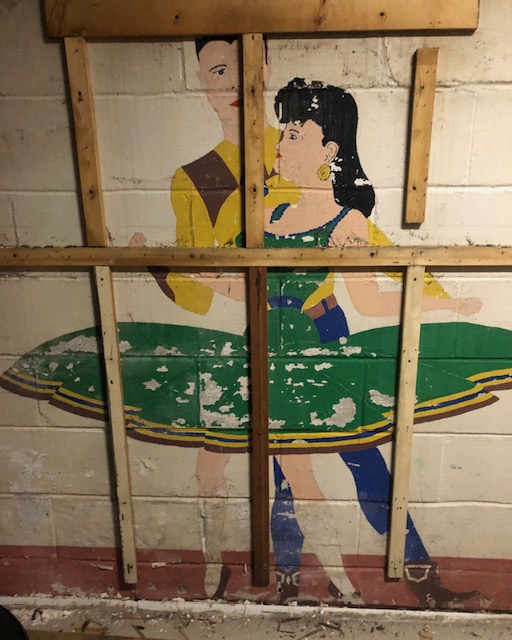
Back in the late 50’s, Diane’s father painted two life-size square dancers on the cement block wall. I had forgotten about them, but remembered them as soon as Diane mentioned it. A few years later, when her dad finished off their basement, he covered up the square dancers with paneling. Diane recalls that when her dad covered up the painting with paneling…he said, “it will be interesting for someone to discover these dancers someday.”
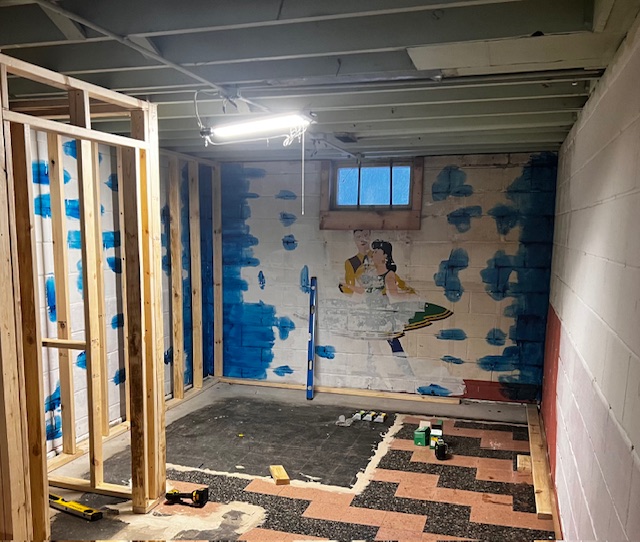
As Diane’s son was tearing down the paneling, lo and behold, he exposed the painting of the square dancers.
Little did Diane’s father know at the time, it would be his own grandson who would discover his special treasure on the wall, under the paneling!
